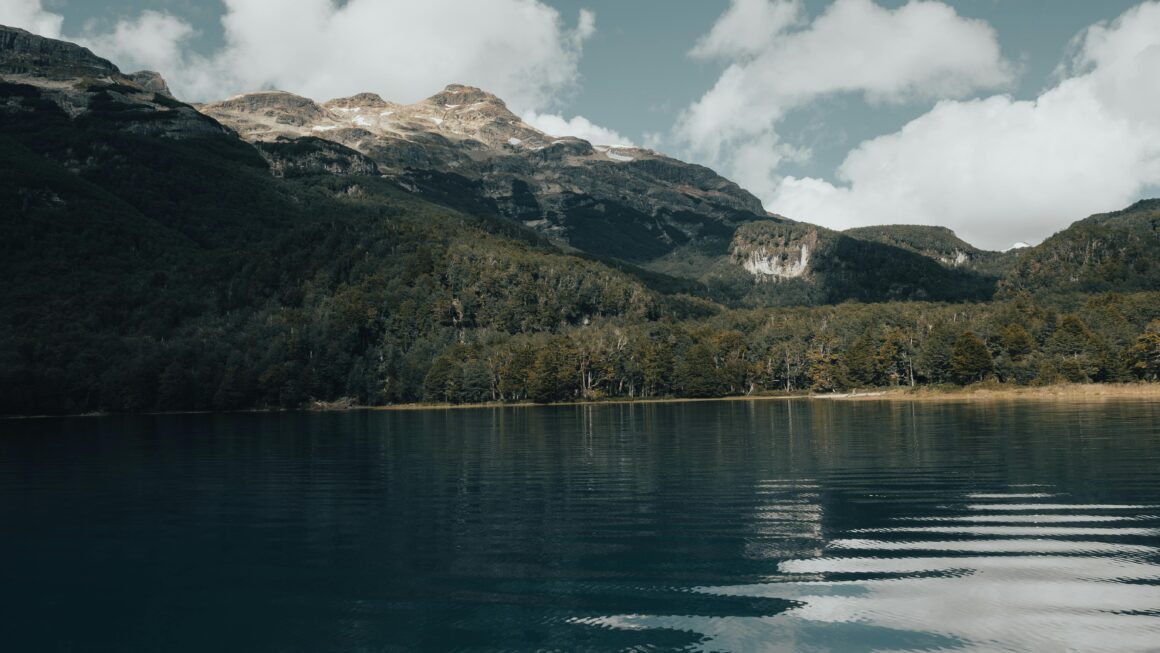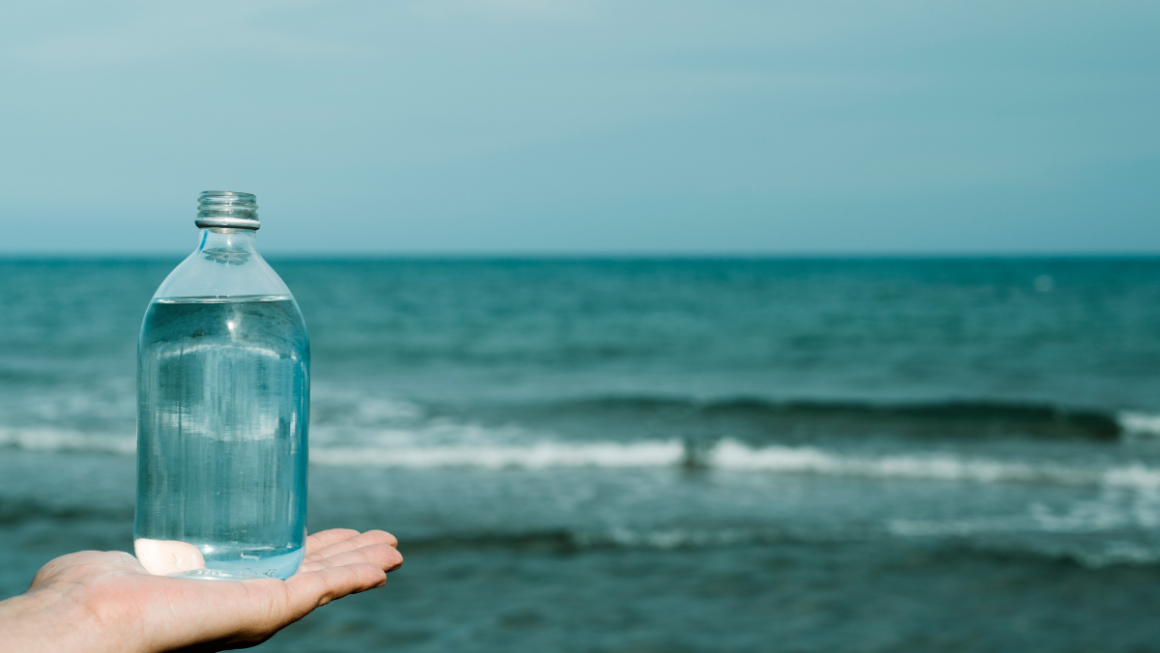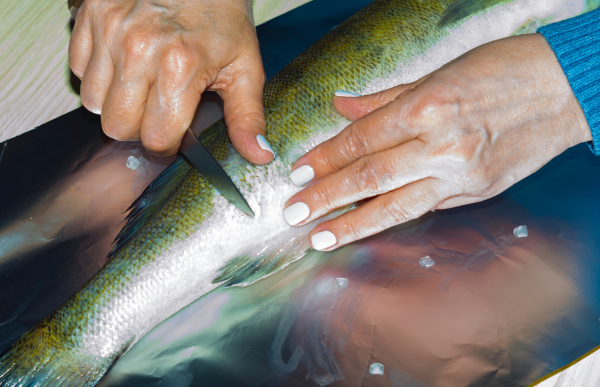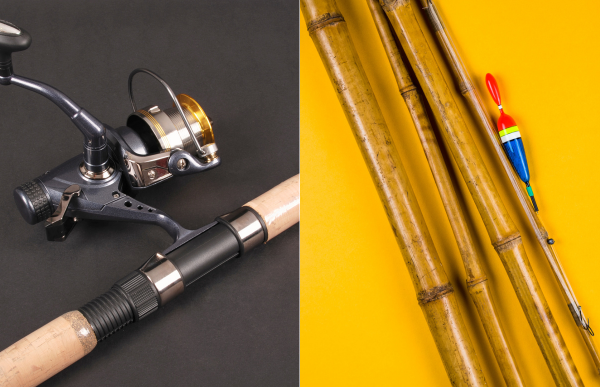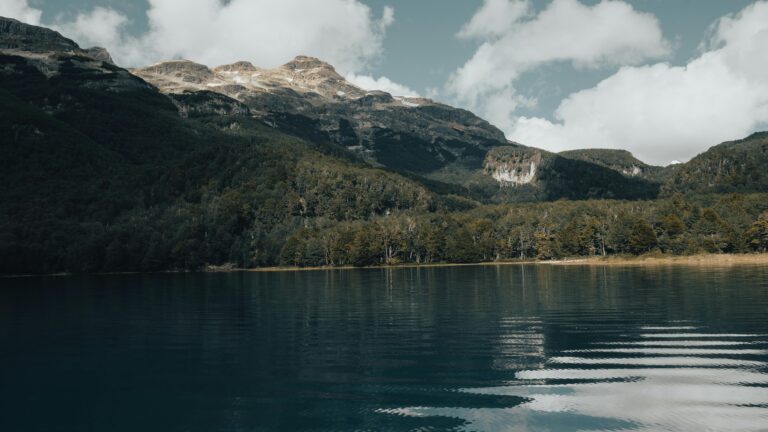
Choosing the right fishing spot can make all the difference between a fruitful day on the water and going home empty-handed. I’ve spent years chasing fish in every kind of water, and let me tell you, finding the right spot can mean the difference between hauling in a monster and going home empty-handed. This guide breaks down everything you need to know about picking the perfect fishing spot, from freshwater lakes to saltwater coastlines, and everything in between.
Why the Right Fishing Spot Matters
Let’s be honest—fishing isn’t about sitting around waiting for something to happen. It’s about outsmarting the fish and putting yourself in the right place at the right time. You can have all the gear in the world, but if you don’t know where to use it, you might as well be fishing in a bathtub. The right spot is where everything comes together—fish, food, structure, and the elements. Nail this, and you’re halfway to a successful day on the water.
Freshwater vs. Saltwater Fishing
The Lay of the Land in Freshwater Fishing
Freshwater fishing is where most of us cut our teeth. It’s accessible, it’s straightforward, and it’s where you’ll find species like bass, catfish, and trout. Lakes, rivers, ponds—you name it, if it’s wet and holds fish, there’s a spot waiting for you. Freshwater fishing doesn’t usually require a ton of fancy gear, and that’s part of its charm. It’s just you, your rod, and the water.
Saltwater Fishing: A Whole Different Animal
Saltwater fishing, though—that’s a different beast altogether. You’re dealing with bigger, stronger fish that’ll put your gear to the test. You’ve got to contend with tides, currents, and a whole lot of unpredictability. But that’s what makes it so damn rewarding. Whether you’re fishing from shore or heading out into the deep blue, the ocean demands respect and a little bit of know-how.
What Sets Freshwater and Saltwater Fishing Apart
When it comes to choosing between freshwater and saltwater fishing, it’s all about what you’re after. Freshwater is usually more forgiving—perfect for a day out with the kids or when you’re just looking to relax. Saltwater, on the other hand, is for when you’re ready to up the ante. The species are bigger, the fights are tougher, and the rewards are sweeter. Plus, let’s face it, landing a big one in the ocean feels like taming a wild beast.
Spotting a Good Fishing Location
Water Structure and Depth: Where the Big Ones Hide
The first rule of finding a good fishing spot is understanding the lay of the land—or, in this case, the water. Fish love structure. Drop-offs, channels, points—these are the spots where the big ones hang out. They provide cover, food, and the perfect ambush point. Get yourself familiar with the water’s topography. If you’re fishing a lake, look for areas where the depth changes suddenly—that’s where you’ll find fish lurking. In rivers, focus on deep channels and bends where the current slows down. In the ocean, underwater structures like reefs, shipwrecks, and ledges are where you want to be.
Reading the Water: Signs of Fish Activity
If you’ve been at this a while, you know the water talks. You just have to know how to listen. Ripples, splashes, birds diving into the water—these are all telltale signs that fish are nearby. If you see surface activity, it means baitfish are being chased, and where there’s baitfish, there’s predators. Pay attention to these signs, and you’ll have a good idea of where to cast your line.
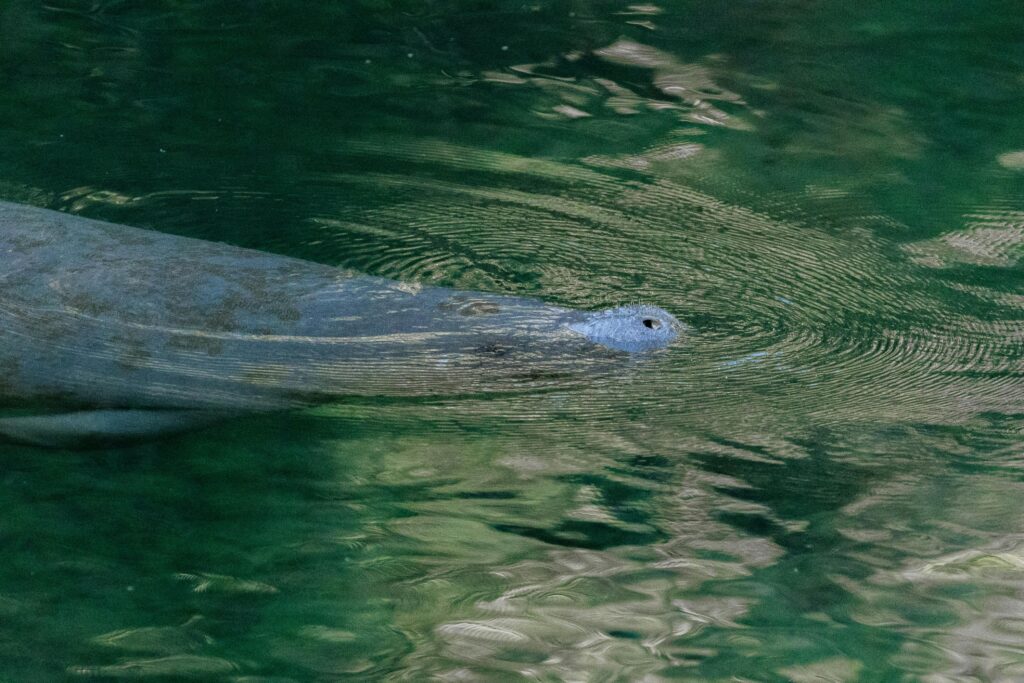
Vegetation and Underwater Structures: Nature’s Fish Magnets
Fish aren’t stupid—they like to stay close to cover where they can hide from predators and ambush prey. Vegetation, like weeds and lily pads, is a magnet for fish, especially in freshwater. In saltwater, look for structures like rocks, piers, or even debris—anything that provides cover and attracts smaller fish, which in turn attract the big ones. If you’re not fishing near some kind of structure, you’re probably fishing in the wrong spot.
Timing It Right: Weather and Time of Day
Fishing isn’t just about where you are, but when you’re there. Overcast days are your friend—they bring fish closer to the surface and make them less wary. Wind can be both good and bad; a light breeze is great for breaking up the water’s surface, but too much can make things tricky. And time of day? Early morning and late evening are prime times when fish are most active. The middle of the day, especially in summer, can be a dead zone unless you’re fishing deep.
Understanding Fish Habits and Habitats
Following the Fish: Migration Patterns
Fish are creatures of habit, and they move with the seasons. Understanding their migration patterns is like having a map to hidden treasure. In spring and fall, many species move closer to shore or upriver to spawn—prime time for fishing. In the heat of summer, they might head for deeper, cooler waters, so that’s where you need to be. Keep these patterns in mind, and you’ll always have a good idea of where to start your search.
The Seasons: How They Change Fish Behavior
Fish don’t just move with the seasons—they change how they behave. In colder months, fish are sluggish, sticking to deeper water where it’s warmest. As things heat up, they get more active, moving into shallower areas to feed. Knowing how fish react to the changing seasons can give you an edge. You don’t want to be fishing shallow water in winter unless you’re ice fishing, and in summer, don’t waste your time in the depths when the fish are up top feeding.
Water Temperature: Finding the Sweet Spot
Every species has its comfort zone when it comes to water temperature. If you’re fishing in water that’s too hot or too cold for the species you’re after, you’re in for a long, boring day. Get yourself a water thermometer or learn to gauge temperature based on depth and time of year. Warm-water species like bass are most active in 60-80°F, while cold-water species like trout prefer cooler conditions. Hit that sweet spot, and you’ll be in business.
The Food Chain: Where There’s Food, There’s Fish
At the end of the day, fish are just like us—they go where the food is. If you find the food source, you’ll find the fish. Baitfish, insects, crustaceans—these are the meals that draw in the big predators. Pay attention to what’s going on in the water. If you see baitfish jumping or a swarm of bugs on the surface, cast your line right there. Fish are opportunistic, and if you present your bait in the right place, they won’t be able to resist.

Time to Get Out There!
Picking the perfect fishing spot is an art and a science. It’s about knowing the environment, reading the water, understanding the habits of your target species, and timing it right. With this knowledge, you’re not just hoping for a bite—you’re hunting for it. So get out there, trust your instincts, and remember: the right spot is where preparation meets opportunity. Tight lines, and may the fish be biting wherever you cast.

